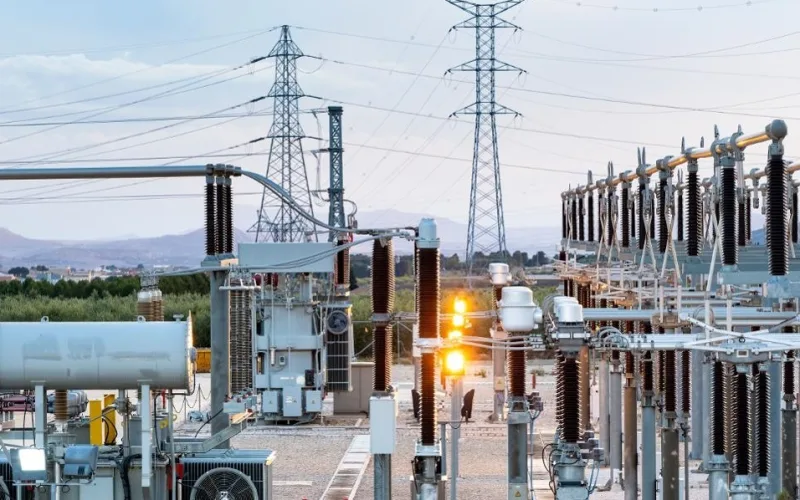As part of its energy procurement strategy, Sudan has been purchasing electricity from Ethiopia for several years. However, the East African nation has fallen behind in clearing its outstanding debt, resulting in a substantial shortfall in payment.
This failure to settle its dues has prompted Ethiopia to reduce the electricity supplied to Sudan by 50 percent.
The situation is exacerbated by Sudan’s ongoing civil war, which has displaced over 8 million citizens. Consequently, neighboring countries like Ethiopia, Egypt, and Chad have absorbed a significant portion of Sudanese refugees.
Over the past six months, Ethiopia anticipated earning $66 million from the sale of electricity to its neighboring nations.
However, the actual revenue realized by the Federal Electric Power (EEP) stands at $47 million. Ethiopia attributes this revenue shortfall primarily to Sudan’s security challenges, which have hindered its ability to honor its electricity bill.
Furthermore, Djibouti and Kenya, also consumers of Ethiopian electricity, have scaled back their purchases. Kenya, which holds a 25-year electricity purchase agreement with Ethiopia, currently consumes 200 megawatts, with plans to increase its intake to 400 megawatts in the coming years.
Ethiopia is exploring additional markets for its electricity, including Somalia and South Sudan, while discussions are underway with Tanzania.
Nevertheless, only 52 percent of Ethiopians currently have access to electricity, prompting domestic criticism regarding the prioritization of foreign sales over meeting domestic demand.
In response, the government asserts that electricity is primarily sold to foreign markets during off-peak hours to minimize domestic impact while bolstering foreign currency reserves.
Ethiopia’s most ambitious energy project, the Great Ethiopian Renaissance Dam (GERD), has been a source of contention with Egypt and Sudan, who fear its potential impact on their water resources.
The dam, situated on the Abay (Nile) River, is nearing completion, with 94 percent of its construction finalized.
Once operational, the GERD is expected to generate 5,200 megawatts of power, making it the largest power plant in Africa.
Two turbines, each capable of producing 350 MW, have been operational for two years. The project’s total cost has exceeded 180 billion birr ($5 billion), with an additional 60 billion birr required to complete the remaining construction.
Completion of the Renaissance Dam is anticipated this year, with 40 billion cubic meters of water slated for storage upon its completion.
